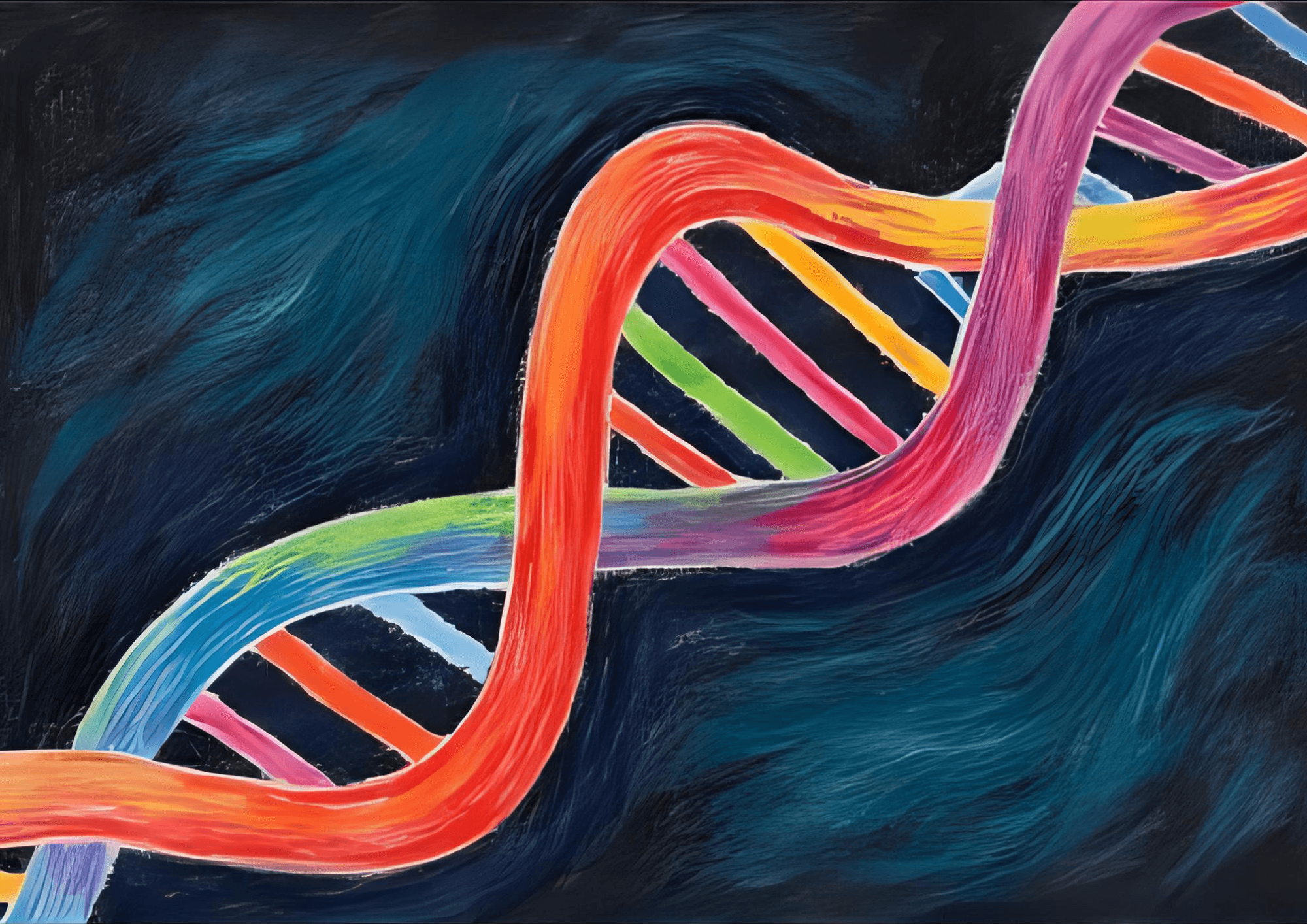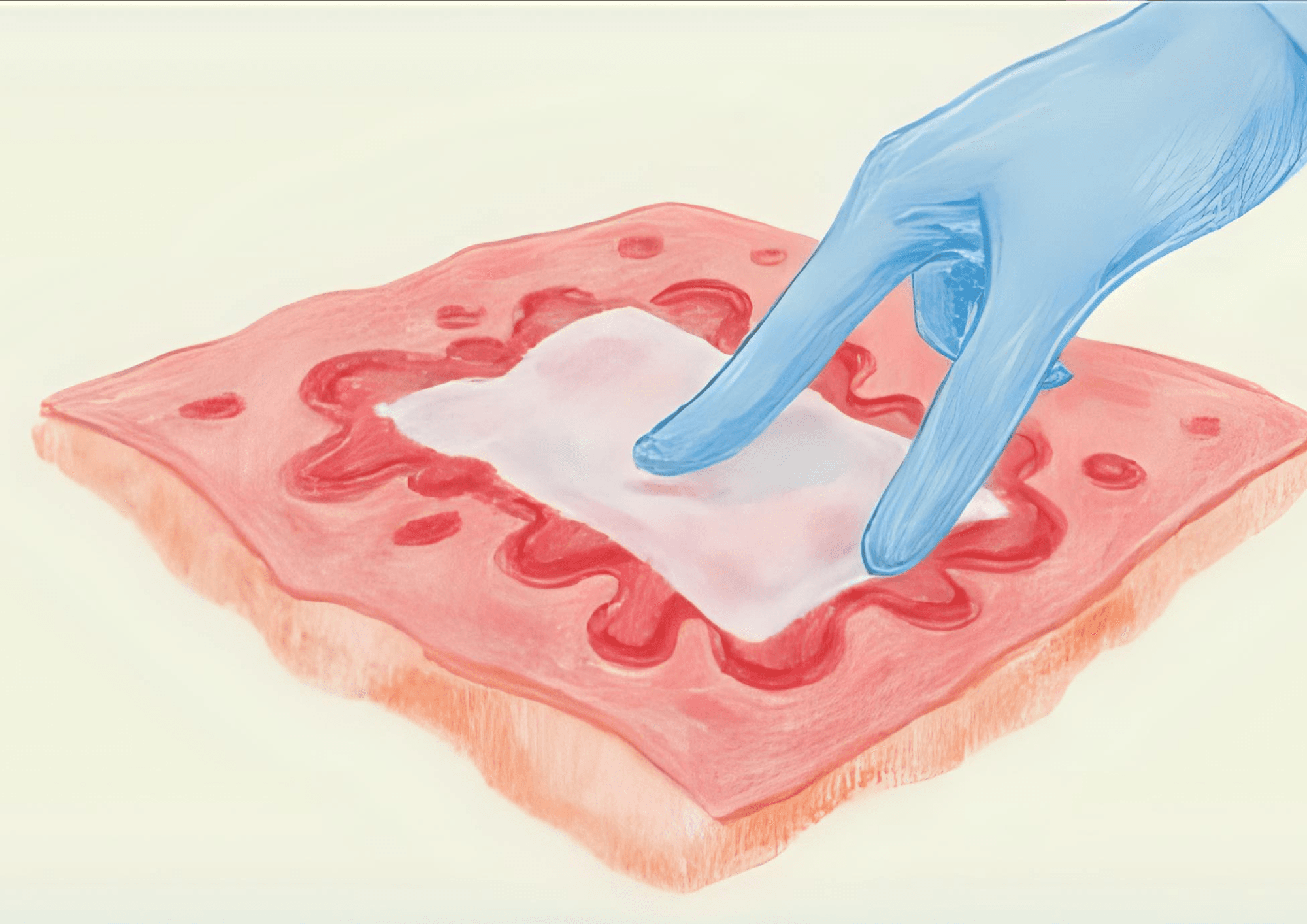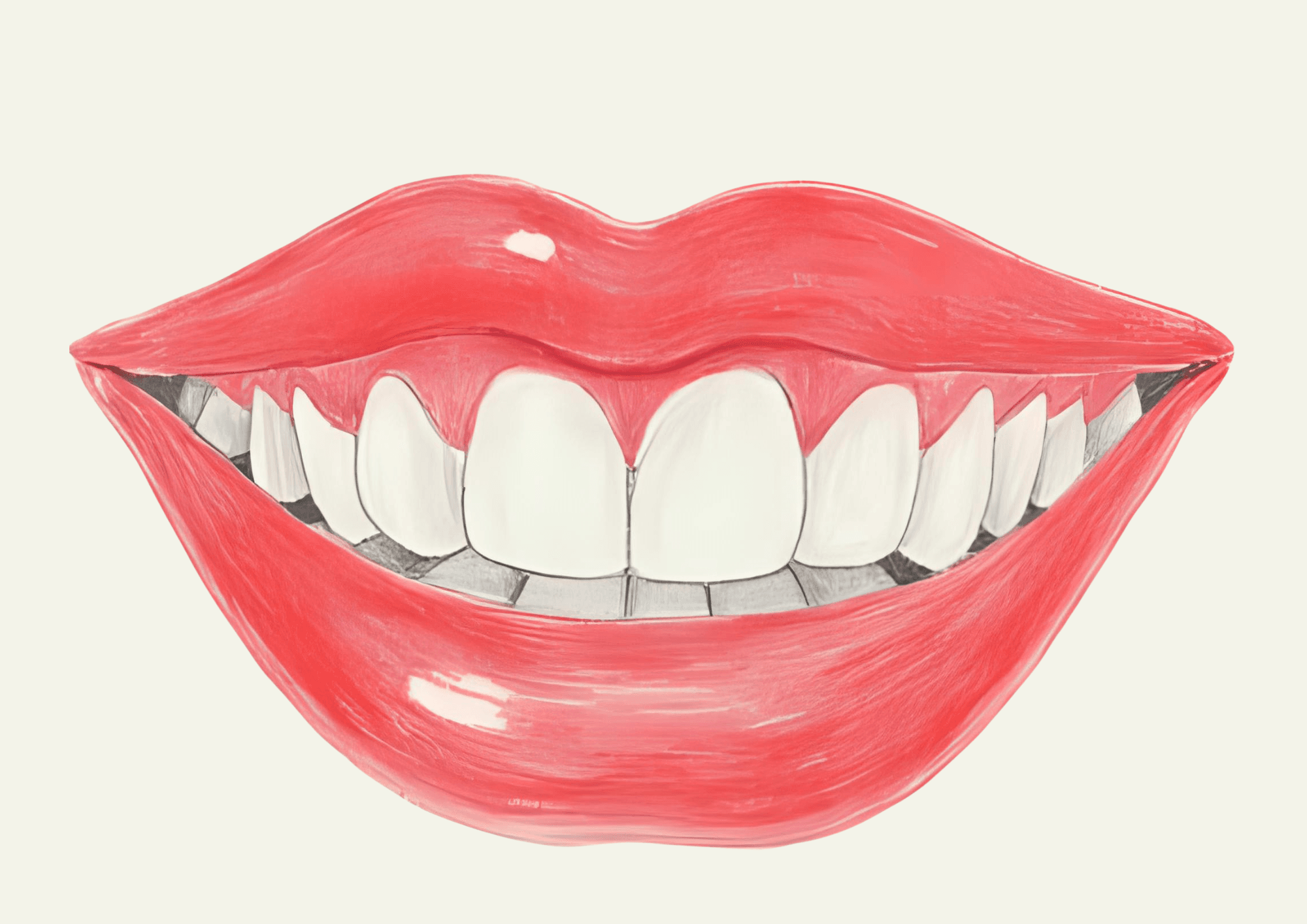05 Jun 2025
10 MIN READ
Motor Neuron Disease - A New Way of Thought
Have you ever imagined the nerves that control your muscles? Out of 7 trillion nerves in our bodies, 31 nerves inside our muscles connect with our backbone, and 12 with our brain. These nerves control our conscious movements of walking, hand movements, and reflexes.
The nerves are called motor neurons. They send signals to the brain for muscle movements. Motor Neuron Disease or MND weakens or disrupts these signals. Therefore, people feel clumsy and sleepy.
MND patients struggle with daily tasks like holding a glass of water, drinking water, tongue movements, and tearing sachets.
The popular composer and guitarist, Jason Becker, had Amyotrophic Lateral Sclerosis. It is the most recognized variant of motor neuron disease that affects the body's muscles.
He never ceased his work but continued using modern equipment.
He says, “ALS has crippled my body and mouth, but not my brain.”
Motor Neuron Disease affects 5 out of 100,000 people globally. People above 40 years are at risk of MND. Though rare, it has gained popularity due to sensitive approaches from several MND survivors.
So, what exactly is Motor Neuron Disease?
Motor Neuron Disease harms motor neurons. Motor neurons are tiny messengers relaying messages from the brain and spinal cord to the muscles and vice versa. They tell our muscles to do work like picking up a ball or smiling.
MND interrupts normal muscle functions. Muscles fail to send or receive signals from the brain or spinal cord. The symptoms are minor at the early stage, but later become worse. Thus, the MND patient cannot move, eat, or breathe over time.
Some patients feel weakness in an arm or a leg, and slowly they lack their voice clarity. The progression is different for different individuals.
Types of Motor Neurons
Around 31,000 individuals had Amyotrophic Lateral Sclerosis in the USA in 2000, as per the report of the U.S. Centers for Disease Control and Prevention ( CDC). Two types of motor neurons are in each of us.
Upper Motor Neurons - Upper motor neurons send signals from the brain to the spinal cord.
Lower Motor Neurons - Lower motor neurons carry signals from the spinal cord to each muscle of our bodies.
Motor Neuron Disease can affect both upper and lower neurons.
If upper motor neurons are damaged, then the person struggles with movements, like Stephen Hawking.
Similarly, if lower motor neurons are damaged, then it results in muscle loss and shrinking.
Variants of Motor Neuron Disease
Motor neuron disease comes in multiple forms. Each form affects motor neurons that command the muscles, but their development varies. Let us see the types of MND.
Amyotrophic Lateral Sclerosis
It affects motor neurons sending signals from our brain to the spinal cord. The spinal cord sends signals to the muscles. Therefore, the muscles fail to work and person faces challenges in doing daily activities.
Symptoms
-
Slurred or unclear speech
-
Lifting small things becomes difficult
-
Tripping while walking
-
Trouble with wearing shoes
One well-known instance is Dr. Stephen Hawking. The brilliant physicist was diagnosed with ALS, yet lived for 76 years.
He did not cease but continued exploring the mysteries of the universe. He used technology to communicate with people. He is an inspiration for many MND survivors who have lost hope.
Amyotrophic Lateral Sclerosis is named as Lou Gehrig’s disease in the USA.
Primary Lateral Sclerosis
Primary lateral sclerosis is the rarest of the MNDs. It mainly affects the upper motor neurons. Consequently, the upper motor neurons delay their normal functions. Muscle wasting is uncommon in PLS compared to ALS.
Symptoms
-
Slow movements
-
Problems in maintaining balance and coordination
-
Muscle cramps
-
Speech issues
There is no cure yet, but therapies and medications improve the lives of many.
It does not have any famous cases. Sylvie, a PLS patient, researched a lot to learn about the therapies to bring back her digestion, strength, and energy. Finally, she saw information about stem cell therapies in Thailand. Her husband accompanied her to get improved results.
Progressive Muscular Atrophy
It is a rare kind of motor neuron disease. It is inherited from your parents. It affects the lower motor neurons. Reflexes become less as the nerves between muscles and the spinal cord are damaged.
Fingers and toes become weak. Muscle wasting or atrophy is more common in this disease. Adults above 60 are the targets of PMA.
Symptoms
-
Weakness in hands and legs
-
Tiredness
-
Unexplained slimming of the body
-
Muscle cramps
-
Twitching or tremors in muscles
The National Library of Medicine in the U.S. did trials on 155 patients of PMA. 60% of patients showed positive results.
Progressive Bulbar Palsy
15 to 20% of motor neuron disease cases are progressive bulbar palsy. The disease appears after a brain stroke or a tumor. After the onset of symptoms, it gives hardly 2 years of survival for the patient.
These nerves lie at the brain stem, inside the shoulder. As an effect, all the conscious actions of the face are restricted.
Symptoms
-
Chewing problems
-
Swallowing issues
-
Smiling
-
Speaking
-
Choking on food in the windpipe of the throat
-
Drooling
It progresses faster than other motor neuron diseases. Thus, it helps to manage the symptoms and attain essential care.
Spinal Muscular Atrophy
Spinal muscular atrophy transmits genetically. Normally, it affects young toddlers. It occurs due to the absence of the SMN1 gene. It helps make proteins and keeps the spinal cord’s nerve cells healthy. Hence, the motor neurons in the spinal cord decline.
Symptoms
-
Struggle to crawl
-
Cannot hold their heads up
-
Muscle weakness
-
Breathing
-
swallowing
Sophie was a bright and chubby child. During her first nine months of age, her parents, Gennadiy and Vicky, noticed she could not complete the usual milestones. She could not sit or crawl. The doctor diagnosed her with spinal muscular atrophy, which left her one year of life.
Her parents' persistent efforts and medical treatments made her triumph against all odds. She is seven at present, happy and healthy.
Pseudobulbar Palsy
It is connected to the facial expressions and jaws. Strokes or accidents damage nerve paths in the brain that control the facial muscles. Emotional outbursts are a part of this disease.
Symptoms
-
Laughing out loud
-
Constant crying
-
Controlling facial expressions becomes challenging
-
Chewing
-
Unclear speech
Pseudobulbar palsy can be cured by speech therapies, physical therapies, and medicines. It helps the person manage the symptoms and engage in activities.
Monomeric Amyotrophy (MMA)
It is the least severe compared to other MND variants. It affects an arm or leg. It focuses on a region and spreads very slowly. Monomelic amyotrophy works on lower motor neurons in the spinal cord that control the movements of a limb. Thus, it works in a particular region.
Symptoms
-
Muscle weakness
-
Muscle twitching
-
Muscle stiffness
-
Grip issues
-
Failing to lift an object
Celebrities battling Motor Neuron Disease
Many celebrities and common people have motor neuron disease. They do not take it as the heart of their lives but make it a part of their lives. To name some
-
Steve Gleason - former NFL player
-
Neale Daniher - Australian rules footballer and FightMND founder
-
Rob Burrow - Rugby player
-
Tim Green - former NFL player, commentator, and author
-
Esteban Bullrich - Argentine politician
-
Mark Kirton - an Ice hockey player from Canada
-
Sarah Langs - American sportswriter
-
Ed Slater - English rugby player
Each of these personalities suffered from motor neuron disease. They spread awareness and constantly inspired their listeners to combat the deadly disease.
Advanced research for Motor Neuron Disease
Riluzole is favored to suppress the MND effects and return to a regular lifestyle. Constant research is going on, but willpower and strength come as friends of a person. Early detection and prevention are crucial for every disease.
Likewise, if the variant is detected at the base stage, it will be convenient to go for
-
Speech therapies
-
Exercises
-
Physical therapies
-
Counselling
-
Stem cell therapies
-
Gene editing technologies
-
Combination therapies
-
Gene therapies
-
Supportive healthcare
The Ice Bucket Challenge and FightMND have raised awareness and finances for the treatment of these diseases. Thus, we are close to finding a solution for motor neuron disease.
Final Thoughts
Motor Neuron Disease patients face challenges in every aspect of their daily lives. It will end soon with scientific innovations and advanced technologies. A collective effort and determination will bring down the fear and build courage within us. Canada, India, the USA, Australia, France, Scotland, Peru, and Taiwan are steadily finding the best and cheapest way to overcome this disease. There is hope on the horizon; make a difference with your attempts!



